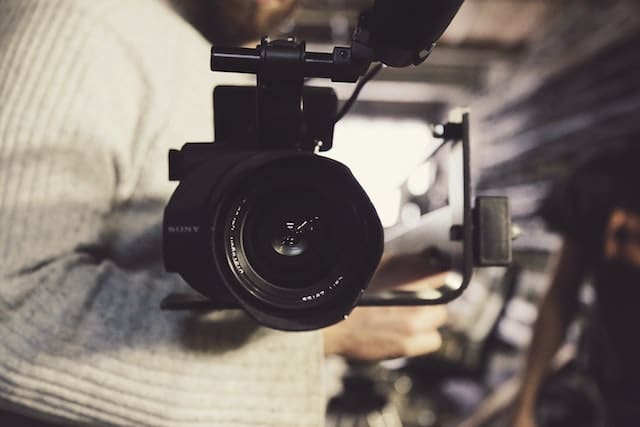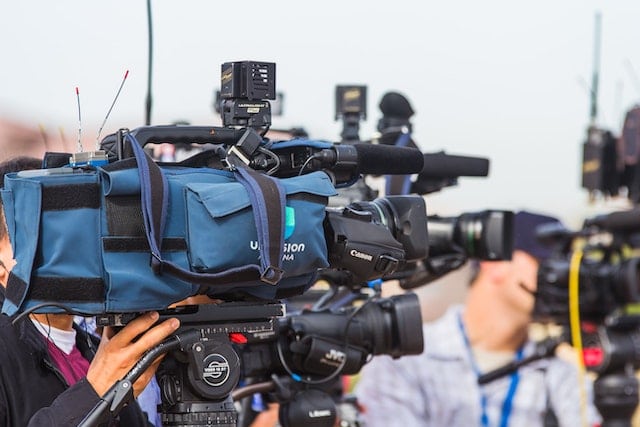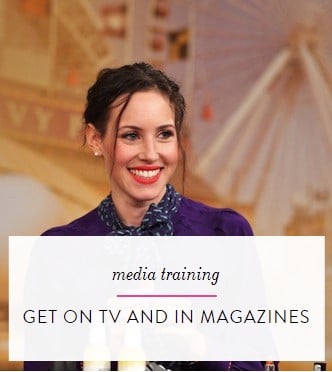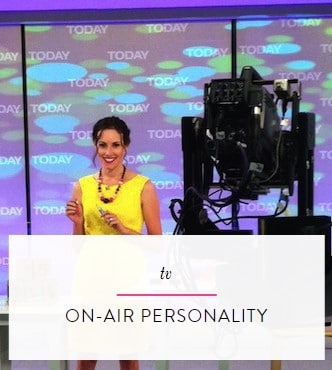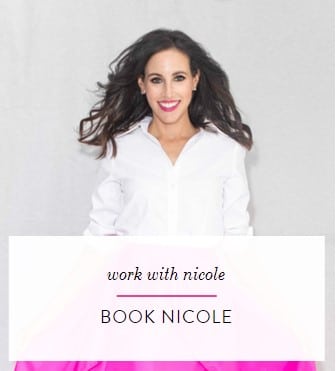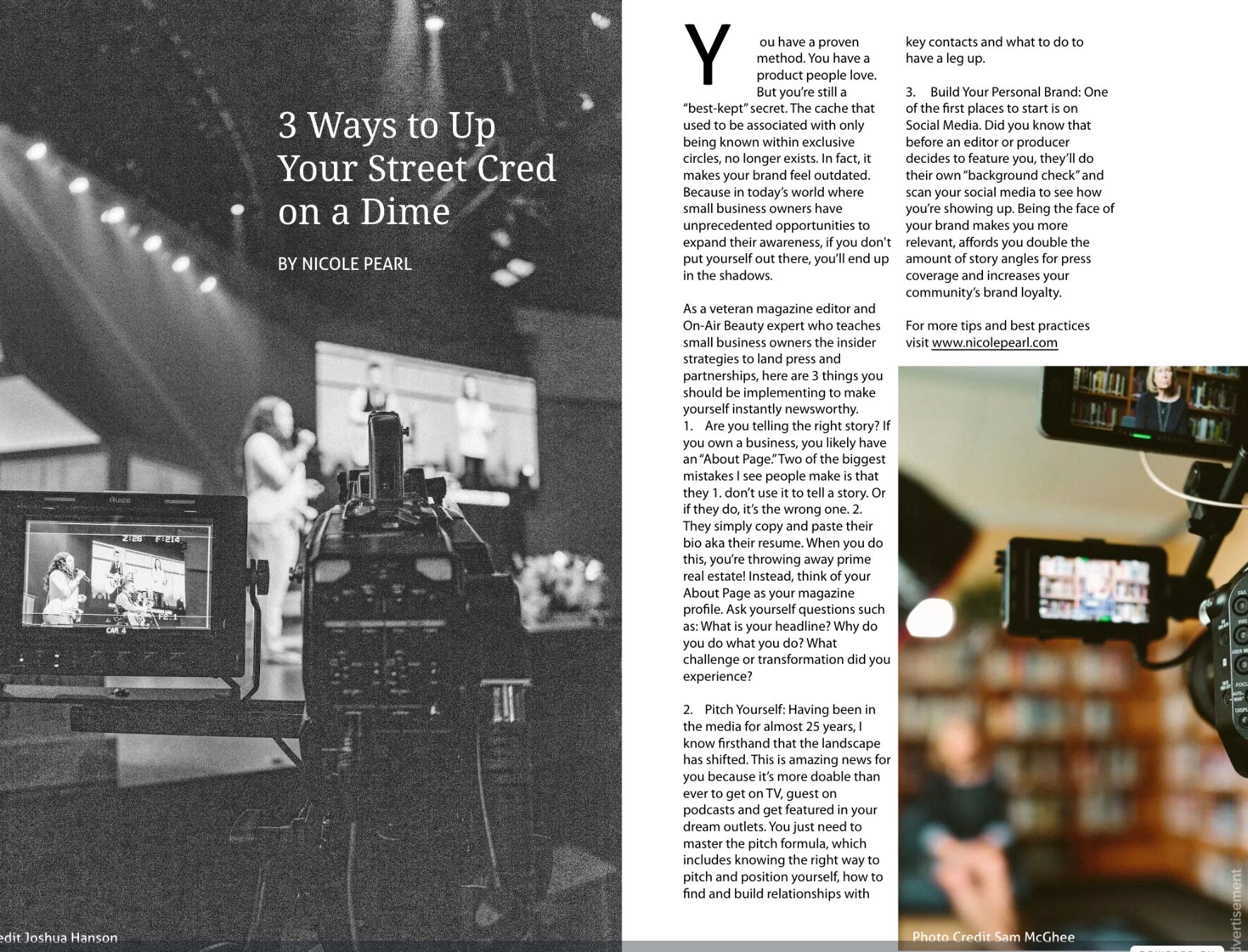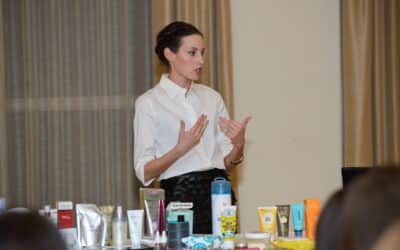No one is safe from the media. The bright lights in a television interview or the probing questions of a journalist can make even the most composed person break out in a sweat. That’s why it’s important to have media training – to help you know what to expect and how to handle yourself when speaking with members of the press. But what is media training, exactly? And what can it do for you and your organization? Read on to find out.
What Is Media Training?
Media Training is a process by which individuals are taught how to represent themselves and their company when appearing in the media. This can include interviews with journalists, speaking engagements, and social media posts. Media training helps individuals feel confident with public speaking and prepare them for interactions with journalists and reporters.
Alternatively, media training is a specialized form of communication training designed for persons who plan to interact with the media. This training helps people speak to the media on behalf of themselves, a brand, or an organization by teaching them how to prepare for the most difficult questions and discuss pertinent topics in an engaging and professional manner.
This vital tool also allows the spokesperson to rehearse various interview circumstances and formats, such as television, video, and magazine appearances.
Components Of Media Training
Although individuals often tailor their media training to their organization, brand, industry, and interview format, here are some major components of media training:
Question Predictions
This aspect involves media trainers predicting the types of questions media will ask. This can be done by developing a list of potential questions, researching the media outlet, and understanding the target audience. Doing this activity will help interviewees develop and practice their answers to better prepare for an interview.
Answering Techniques
After question predictions have been made, it is important to teach interviewees how to answer these questions effectively. This can be done through role-playing, media analysis, and providing feedback. These activities will help interviewees understand how to answer tough questions and address critical issues in a clear and concise manner.
Media training assists interviewees in developing skills on how best to answer complicated or challenging questions from reporters.
Message Development
Interviewees need to develop key messages before an interview. This can be done by identifying the main points that need to be communicated and developing talking points. These talking points should be clear, concise, and on-brand.
Delivery
After developing key messages, it is important to practice delivering these messages in a media training session. Whether you are discussing on television or having a phone interview, the goal of an interview is usually to communicate an essential message to the general public. Interviewees who have had media training are better able to weave their message into their responses seamlessly.
This can happen through media simulation exercises and mock interviews. Doing this will help interviewees feel confident and prepared when delivering their message in an actual media interview.
Communication Learning
With media training sessions, interviewers can learn core principles about media communication, such as communication styles, diverse media forms, and interview best practices, through media training.
Now that you know the main components of media training, let’s discuss its importance.
Why Is Media Training Important?
Media training is important for individuals and companies because it helps to control the message. It is easy to get caught off-guard in media interviews and say something that was not intended. Media training helps individuals to be prepared for these types of situations.
Additionally, if you create a positive first impression during a public appearance, the media may invite you to offer your thoughts and opinions on specific themes in the future. This could assist you, your company, or your brand build a great reputation and gain good media coverage.
Lastly, media training is important because it can help an individual or a company improve its reputation. A positive reputation is essential for any individual or company.
Actionable Tips For Media Training
As you can see, media training is essential for any individual or company. Media training can help you control the message, build relationships, and improve your reputation.
Now that you understand what media training is and why it is important, here are some media training tips that you can use to get started with media training:
Research: Do not underestimate the power of research when organizing your media training sessions. Before any communication with the media, try to research the media company and see how they’ve conducted past interviews.
Originality: When dealing with the media, it’s essential to present yourself as authentic. Prioritizing authenticity can help your brand or organization build a positive impression and allow consumers to relate to the individual featured in the media.
Confidence: One of the most important aspects of media training is confidence. Interviewees who are confident tend to come across as more credible and trustworthy.
Preparation: Be prepared for your media interviews by having a clear understanding of your key messages. In addition, have talking points prepared so that you can easily weave them into your responses. Preparing for media interviews will help you deliver your message and avoid common traps.
Maintain Control: Even though most journalists and reporters have a list of questions planned out, remember that your responses can also help influence the conversation. You can maintain control of the conversation by directing the interviewer toward the issues you want to discuss. In your media training, practice leading the conversation so that it comes effortlessly during a public interaction.
Be Concise: It’s helpful to practice speaking concisely and provide short replies that directly convey your argument before a media appearance. This will ensure that your message is obvious to the audience. Consider making a short, bulleted list of the important subjects you want to discuss on a notecard if you’re doing an interview on the radio, over the phone, or for a newspaper. You can refer to these notes during the interview to make sure you give the media the most crucial information.
Dress Smart: Dressing appropriately can boost your confidence, which is crucial for television appearances. You could learn some examples of professional clothing to wear during media training. It’s best to dress professionally in something that makes you feel good and accurately portrays your personality and brand.
Body Language: Your media training should also focus on improving your body language. Remember that nonverbal communication is just as important as verbal communication. Therefore, it’s essential to be aware of your posture, facial expressions, and hand gestures when you are in front of the camera or microphone.
By following these key points, you can set yourself up for success with media training.
Things To Avoid During Media Sessions
Just as there are things you should do to have a successful media training session, there are also things you should avoid. Here are some common mistakes people make during media training:
Failing to Prepare: One of the worst things you can do is go into a media appearance without preparing. This could lead to saying something that damages your reputation or company.
Losing Focus: Most times, people lose focus during media training when they allow themselves to get nervous. If you lose focus, take a deep breath and remember your key messages.
Using Filler Words: Filler words are words that people use to fill the silence when they don’t know what else to say. Some common filler words are “umm,” “like,” and “you know.” It’s important to avoid using filler words during media training to come across as confident and articulate.
Arrogance: You should avoid being rude during media training. Arrogance can make you look unsympathetic and out of touch. Media training simulates what you will experience in real life. It will help you answer questions better if the journalists ask personal questions.
By following these tips, you can improve your media training skills and increase your chances of success. Remember, media appearances are an opportunity to build relationships and improve your reputation.
When Should Media Training Be Conducted?
Media training should be conducted regularly to ensure that employees are up-to-date on the latest media trends. Additionally, media training can help refresh employees on the company’s key messages.
For example, if there is a change in management, it’s important to have media training so that the new spokesperson is prepared to represent the company.
Additionally, media training can be conducted before a product launch or major announcement. Media training is essential for maintaining good media relations and should be conducted regularly.
The best way to conduct media training is to engage with an agency partner or PR professional to conduct a formal media training session or in this case connect with a seasoned on-air TV personality and journalist who specializes in helping people succeed on camera, like Nicole Pearl. You will learn how to craft your story for the media, how to convey your key messages in soundbites and how to determine a relevant call to action.
Conclusion
Media training is an important tool for anyone who wants to improve their media skills. As stated above, there are many benefits of having a great media training session in your organization. By following the tips in this article, you can set yourself up for successful media training sessions.



